Why Winter Golf Is Easier Than You Think
Carly Frost smashes the myths about the difficulties of winter golf
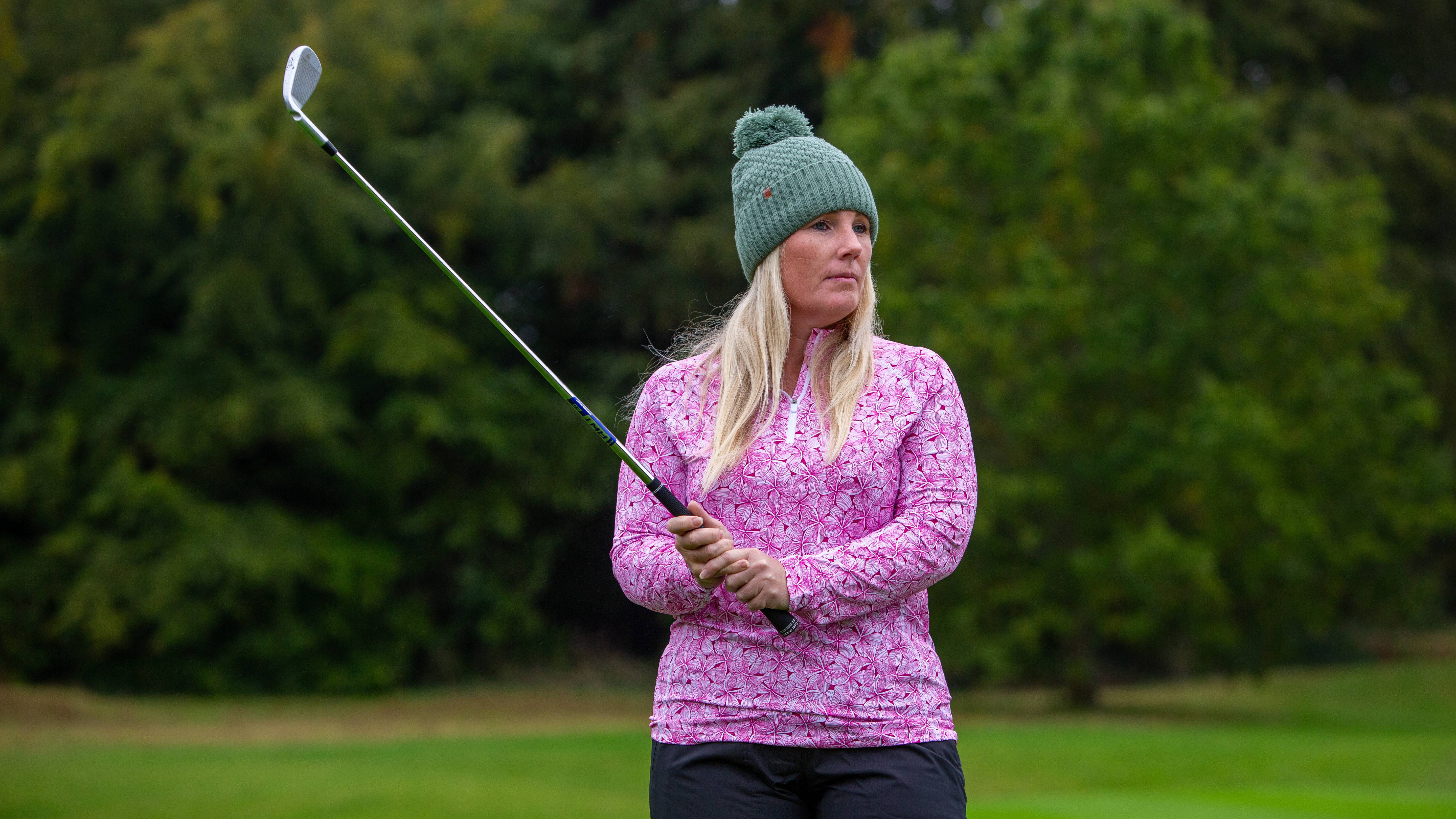

Winter throws everything at us - rain, wind, low temperatures, waterlogged courses, maybe even frost and snow. Yet I want to tell you why playing golf during winter months is a great opportunity to shoot some of your best scores of the year.
Why is it that so many golfers have a negative association with winter golf and how much of this belief is actually just in the mind? Anticipation of a negative experience will normally lead us to low-level performance. You think you can’t play well in bad weather, so you don’t. This is called neuro conditioning and is the effect of our golfing environment and culture on our mind. I often hear language like: ‘I can’t score in the winter’, ‘I’m a warm weather player’, ‘I don’t play well in the rain’, ‘I’m wearing too many layers to swing properly’, ‘I can’t feel my hands’, ‘It’s too cold for me’, ‘I don’t want my handicap to go up’, ‘the greens are too poor to score’ and so on…
It’s easy to get stuck in a negative cycle of belief that winter golf is tough. We feel what we think and we experience what we feel. Now let’s put those negative perceptions aside and get down to the reality. As far as I’m concerned, there are many advantages to playing winter golf. I hope that reading my take on things will help to realign your perception and change your attitude.
WINTER GOLF - THE BENEFITS
1. PREFERRED LIES
From October until March (sometimes later) the Rules of Golf permit preferred lies from the short grass, allowing us to clean our golf ball and replace it within six inches of that spot, no nearer the hole. You can also get relief from casual water, plugged lies in the rough, water in bunkers and other punishing scenarios. What a brilliant advantage! You can effectively and legally use the rules in the winter to make the game easier. Choose your lie wisely - it’s not cheating! Fairway woods are much easier to sweep away when the ball is sat on a nice lush patch of grass rather than a tightly mown fairway or a bare lie.
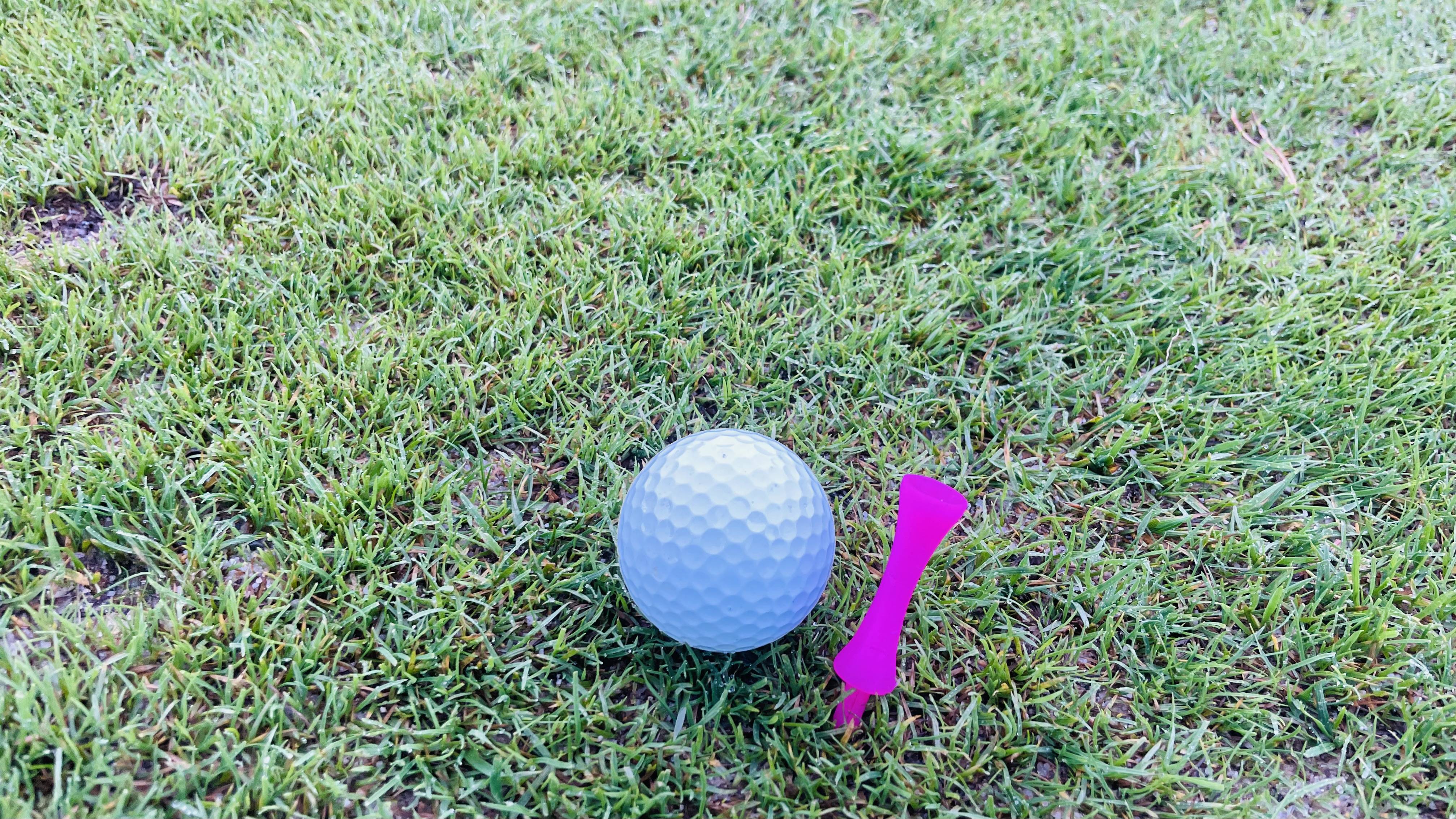
Take advantage of winter rules.
Cleaning the golf ball will ensure it flies aerodynamically, maximising your chance of hitting shots accurately. Conversely, think of how often your ball rolls out into a bad lie during the summer, something punishing like a divot in the middle of the fairway. When the ground is hard it’s impossible to stop the ball on the fairway even when you hit a shot straight down the middle, it will run and run and run until it hits the rough and finally stops. We have to take these bad breaks on the chin in the summer, it’s just tough luck.
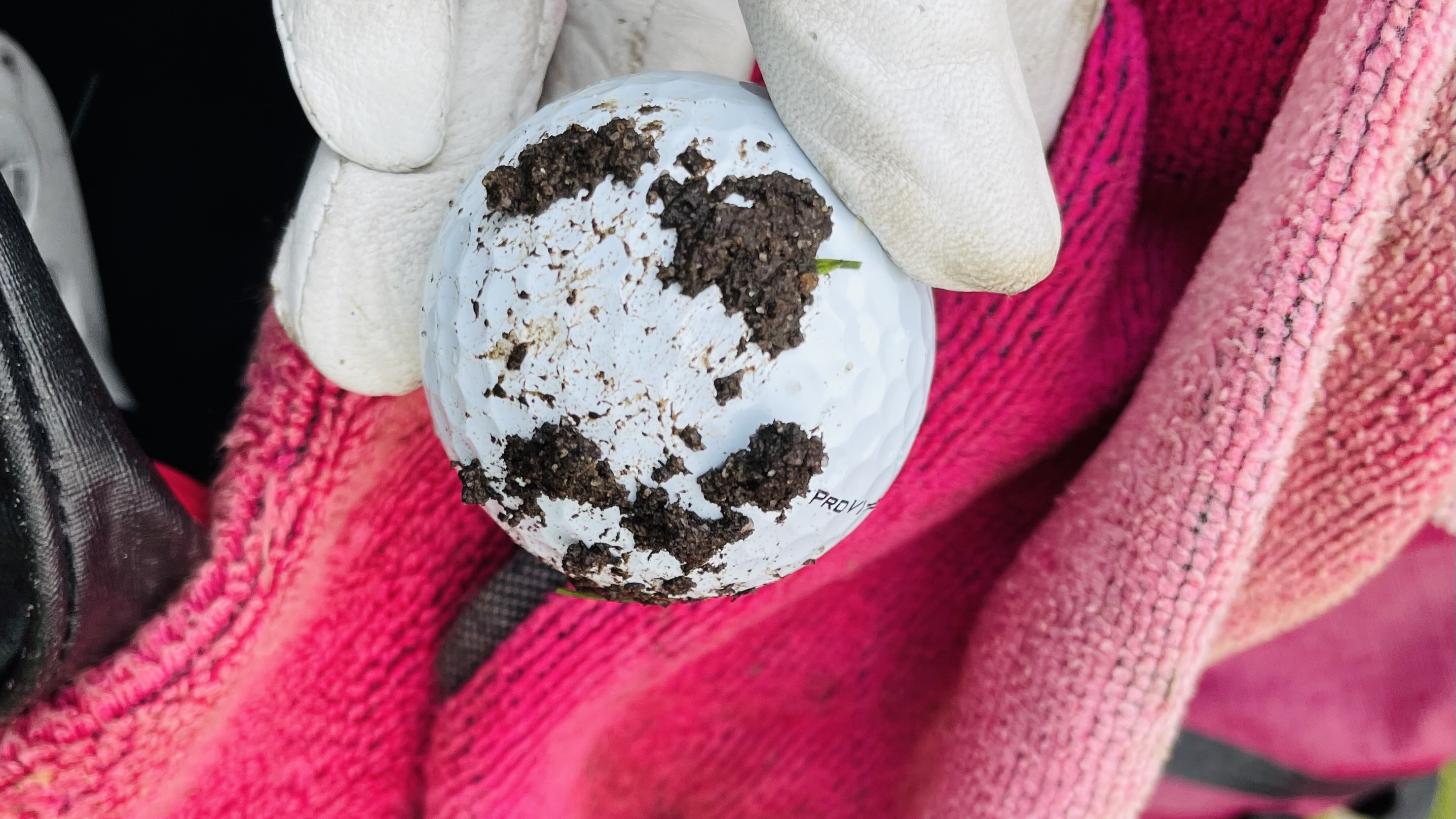
2. TARGET GOLF
Get the Golf Monthly Newsletter
Subscribe to the Golf Monthly newsletter to stay up to date with all the latest tour news, equipment news, reviews, head-to-heads and buyer’s guides from our team of experienced experts.
When the ground is soft the ball stops where it lands and doesn’t roll out. This is drop and stop golf. You can be more aggressive with your club selection and fly shots all the way to the pin. Where you may have played more conservatively, guarding against a tricky run off the edge of the green in the summer, now is the time to play attacking golf and go for it! Learning your distances is critical to your success here. I know exactly how far each of the clubs in my bag carry and they are distance-gapped so that I have 10 yards between them. Even with operator error and a bit of a mishit margin, I’m never going to be far off.
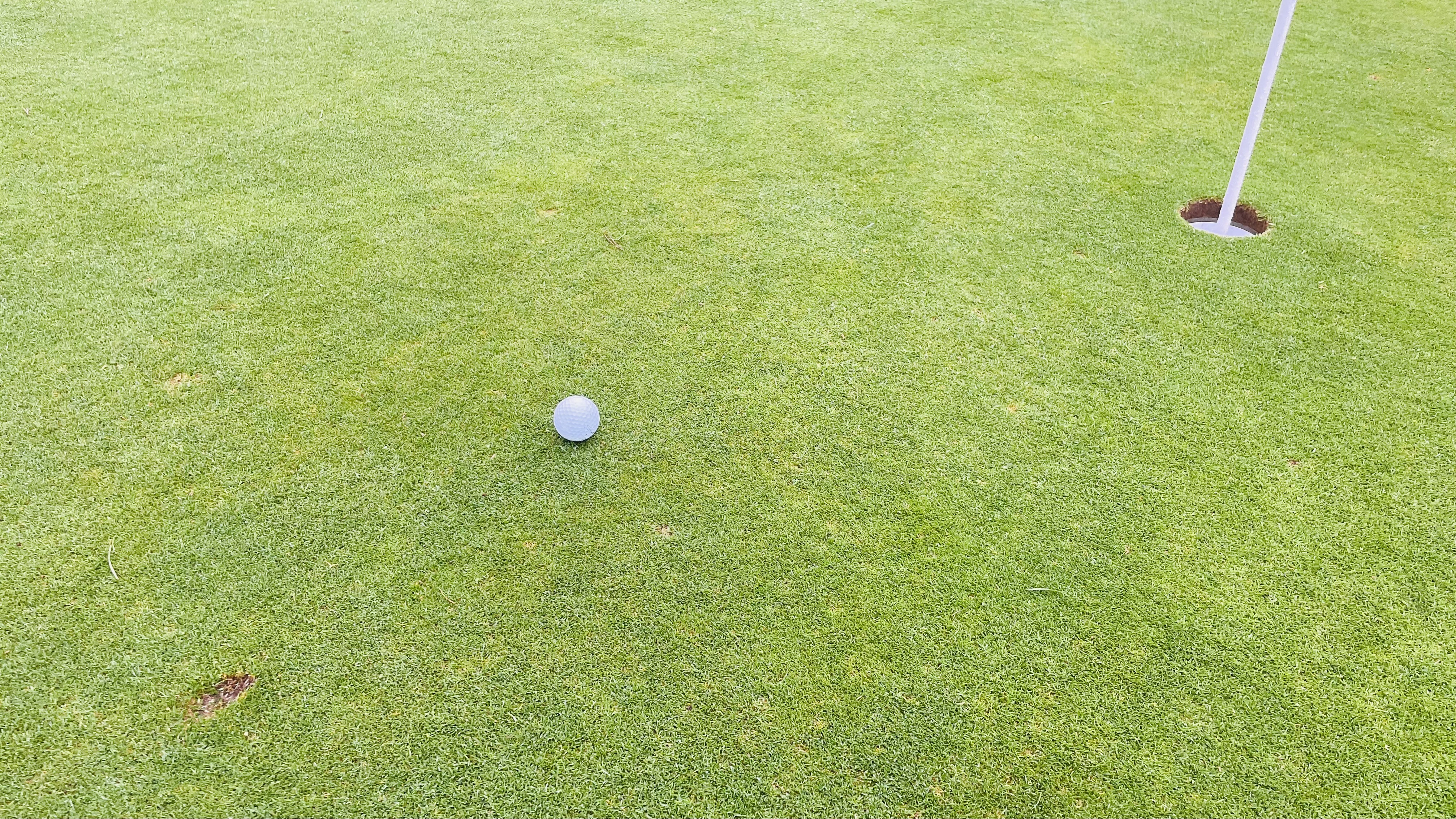
The ball will drop and stop during winter months
3. SHORTER ROUGH
The grass is growing very slowly at this time of year. The brutal long rough we have to endure throughout the summer months has long gone. Greenkeepers tend to cut the grass down and give it a winter haircut. Shaving it short makes it quicker to find your ball in the first place (fewer lost balls) plus much easier to play the recovery shot out when you do find it. Win-win.
4. FORWARD TEES
Many green keepers position tee markers forward of the blocks in the winter to protect the teeing grounds. This gives the grass a rest and makes the game more enjoyable for the vast majority of players. Shaving 10 yards or more off every hole really adds up. I often see the men’s tee markers moved all the way forward to the ladies’ tee. Any distance you’ve lost in run-out on soft fairways is made up here. In a similar way, you’ll probably also see a lot of friendlier pin positions in winter. Front pins are popular as they protect wet greens from damage from too much golf shoe traffic.
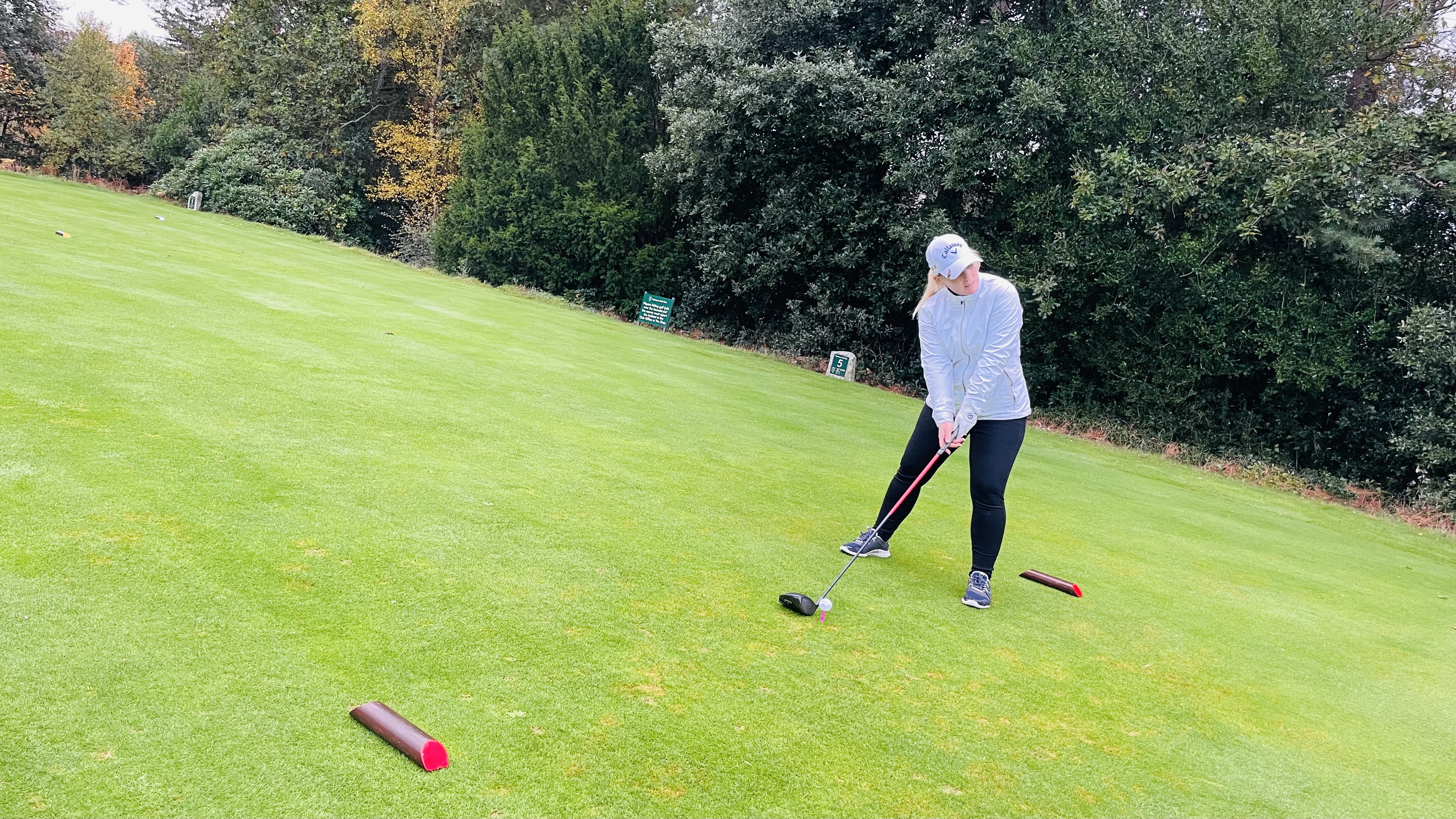
Gain a few yards with forward tees
5. FEWER PLAYERS
If you are a good player with a low handicap index, statistically your chances of winning are higher at this time of year. This is particularly true if you are a longer hitter who carries the ball further than other players - you don’t rely on those extra yards of run out. In my experience, winter competition fields tend to be smaller as the ‘fair-weather golfers’ drop out on rainy days, only a handful of hardcore players will mark a card in bad weather.
Less opponents means that the chances of winning increases. Playing well in bad conditions also increases your chances of getting a handicap cut, as when others struggle and score badly it affects the course index for the day. If the course is open I go out and play, rain or shine, twice a week, marking somewhere in the region of 40-50 competition cards a year. Doing so means that my handicap is realistic. I play 12 months of the year not just 12 weeks.
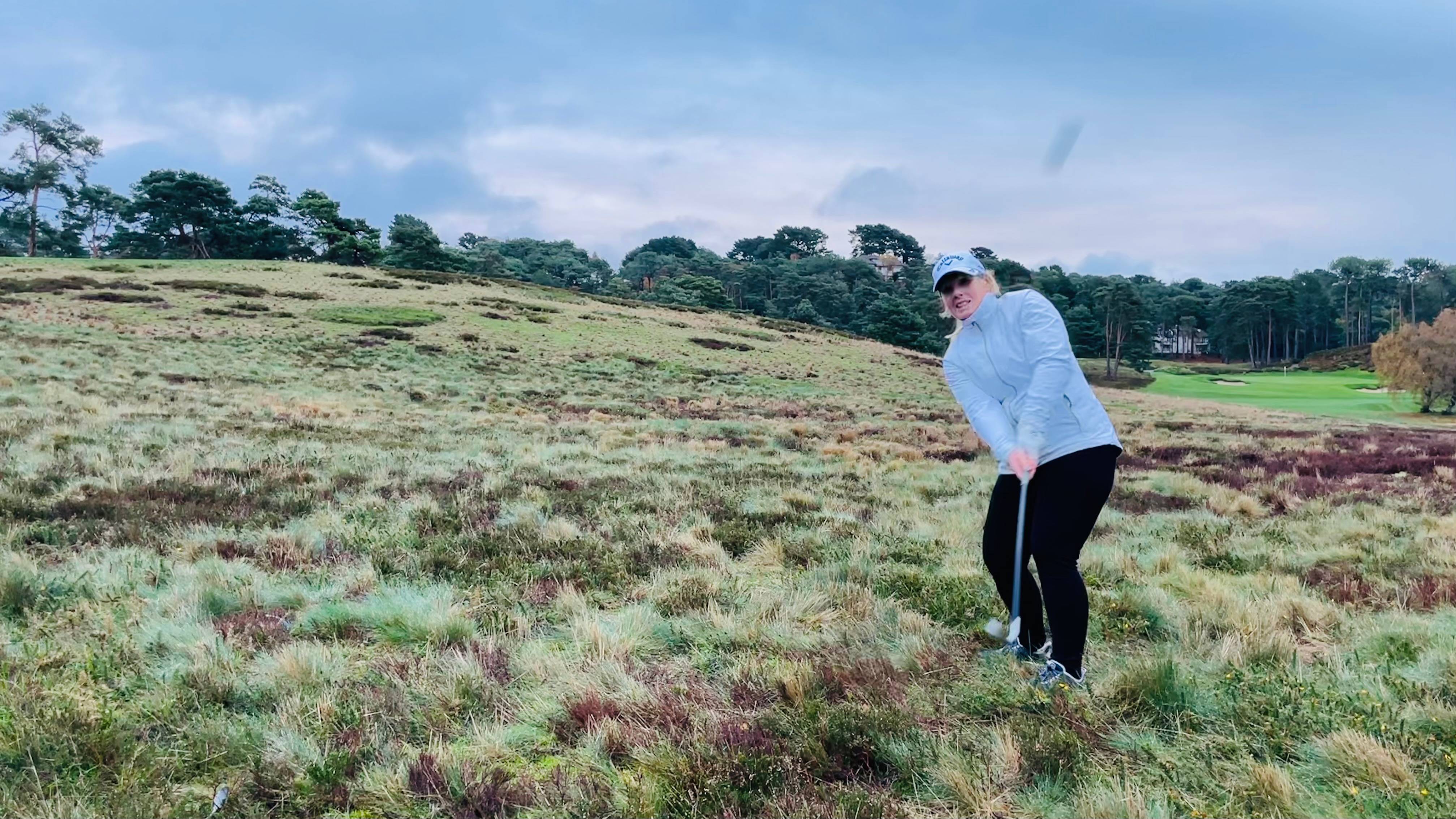
6. SHARPER SKILLS
If you have played golf throughout the summer and are keen on improving, then the chances are you have taken some lessons and practised. Now is the time to reap the rewards of your hard work. Your improved swing move, sharper short game skills, smoother putting stroke. It will all pay dividends in the winter.
7. USE THE DEW
Another way you can use the wet winter greens to your advantage is to learn from the tracks left in the dew from previous putts. Look closely at the lines on the greens and you’ll see where other players have rolled putts and in what direction the slopes have taken them. It’s like getting a free green read.
WINTER GOLF - THE MYTHS
1. SLOWER GREENS = WORSE GREENS
There’s a common misconception that winter greens are much worse. In reality, slower greens can still be excellent putting surfaces, you just need to adapt to the pace. If you struggle to ‘hit’ putts and prefer to roll the ball, I would recommend switching to a firmer feeling golf ball to help you. There are many excellent 2-piece golf balls that offer a harder feel, leave the putter face faster, helping you lag long putts closer.
I definitely putt better when I can be confident. A slower green simply means I can hit the ball firmly into the back of the cup from short range. I’m much more cautious on quick summer greens, as it’s very tricky to lag putts dead-weight downhill on lightning quick surfaces. How often do you three-putt in the summer just because your first putt has run away from you? We all know that ‘evil’ front pin position that gets used on championship days to catch you out when the surfaces are like glass!
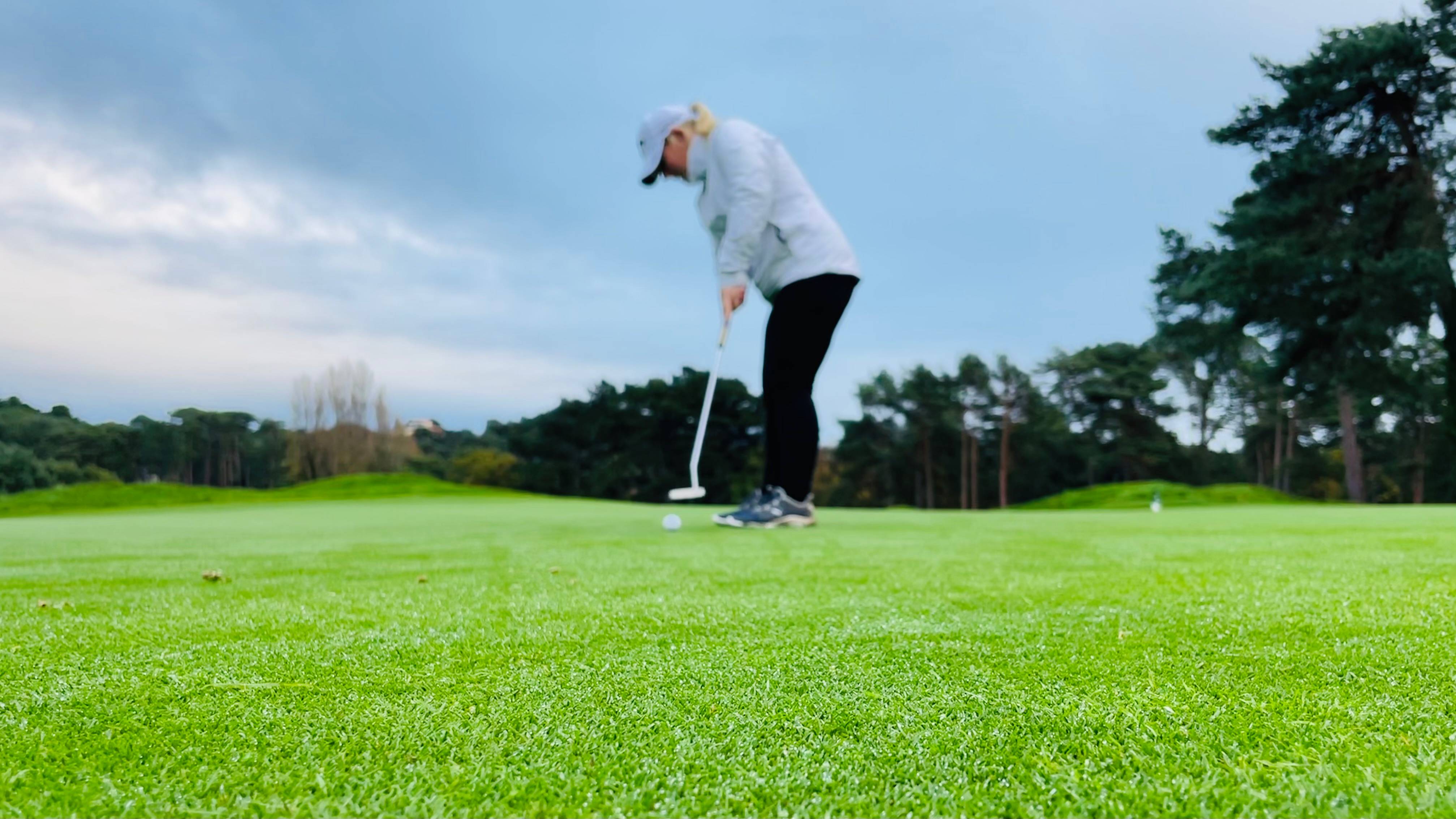
Perfect your pace on slower greens
2. COLD TEMPERATURE = BALL TRAVELS FAR LESS
How much does the temperature and humidity affect how far the ball flies? Most golfers believe that their golf ball flies much farther in the heat of the summer than in the colder months of winter (or even the spring and autumn.) However, the effect heat has on the distance the golf ball travels isn't as much as you think.
According to the experts at leading launch monitor manufacturer TrackMan, for every 10 degrees of increase in temperature, the golf ball flies approximately 1.33 to 1.66 yards farther, depending on the club being used. This is because the temperature changes air density, which is ultimately the factor determining how well the golf ball can fly through the air with minimal drag and ideal lift. That’s less than 2 yards! The point is, the effect of temperature is negligible. Even if you go from playing summer golf in 30 degrees to winter golf in 10 degrees, you’re looking at a maximum difference of one club.
WINTER GOLF BENEFITS
I hope by now that I’ve convinced you that playing golf in the winter means that you can shoot lower scores. You should also consider that if you play golf throughout the months of bad weather, you will become more resilient and will develop a stronger mindset to play when conditions are adverse. If you just avoid poor golf in bad weather you will not grow your skill set. You won’t figure out that sometimes you have to club up 3 or 4 clubs in the cold and rain, you won’t learn how to hit knock down shots playing into the wind. You are less adaptable as a player. So, it’s time to change your perception. Winter golf is actually a gift. The gift of skill, adaptability, resilience and learning. Start seeing the winter as an opportunity. It’s the best time of year to score.
CARLY'S WINTER GOLF TIPS
* Wear lots of lightweight layers that are fitted so you stay warm and can swing freely. There's some great tight-fitting base layers on the market that are the best start for keeping you warm.
* It's worth investing in a decent set of waterproofs. They are so well made these days, more lightweight than they used to be and you can adjust the fit to suit your physique. I always tighten the cuffs on my jacket and the Velcro tabs at the bottom of my trousers to stop rain water getting in.
* Put some hand warmers inside your winter mitts and wear the mitts between shots. Not only does it stop you getting cold hands but it keeps your glove dry. You can also wear winter gloves that grip better in wet weather.
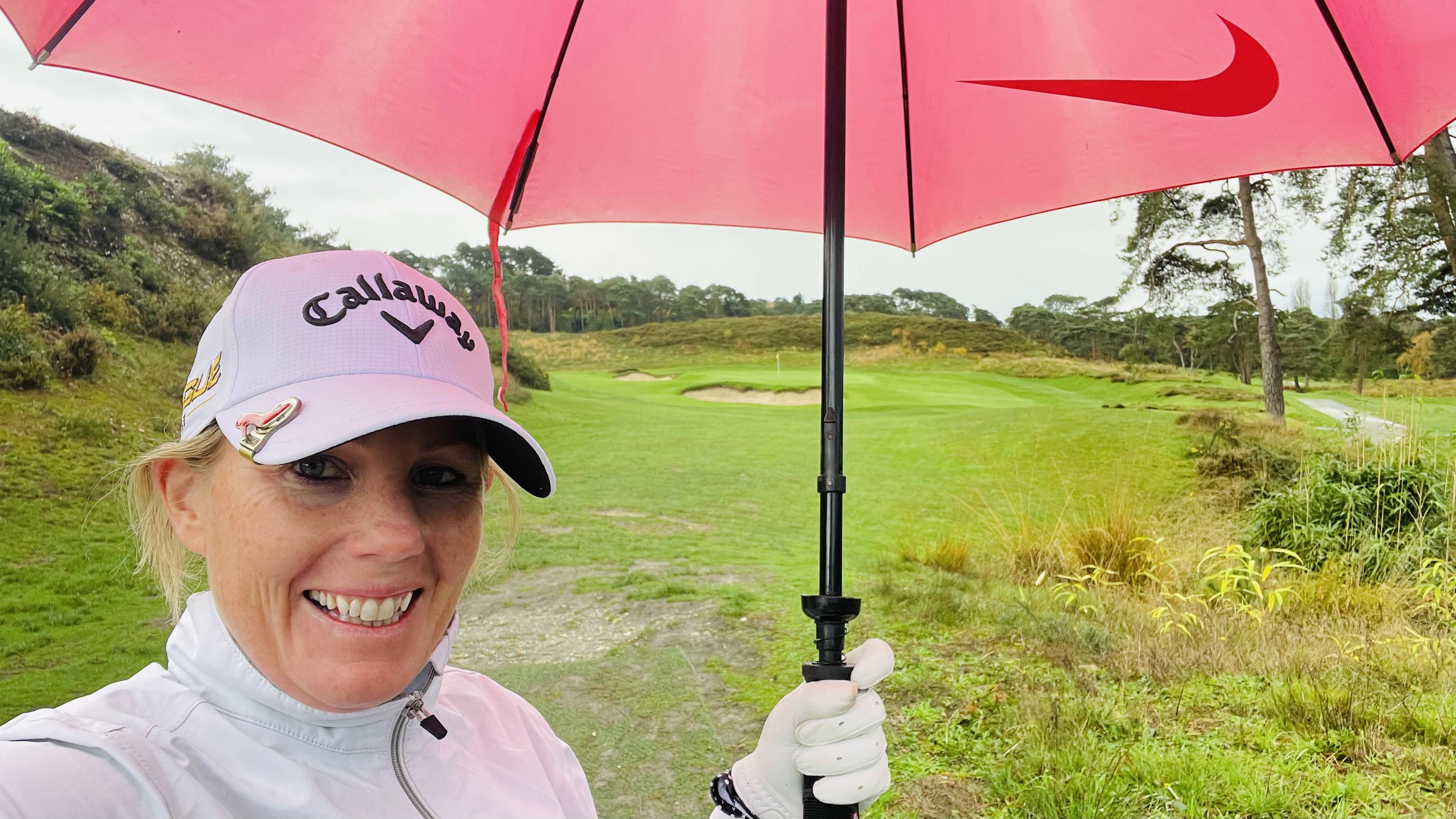
* Remove your towel from your golf bag and hang it under the top of your umbrella. It stops it getting wet, giving you something to dry your golf grips on between shots.
* Carry a separate small spare towel in your back pocket and take it onto the green to clean your ball after you’ve marked it.
* Pack a spare golf glove. Don't forget a waterproof hat or a warm bobble hat.
* Buy a waterproof golf bag with seam-sealed zips. In addition to waterproofs, this is the best investment you can make for winter golf. Keeping your grips dry so they don’t slip in your hands.
* More brands are producing golf boots and I find them great as they do keep your feet warm and dry and you can tuck your trousers in too.

Carly Frost is one of the golf industry’s best-known female writers, having worked for golf magazines for over 20 years. As a consistent three-handicapper who plays competitive club golf at Parkstone and the Isle of Purbeck courses in Dorset every week, Carly is well-versed in what lady golfers love. Her passion for golf and skill at writing combine to give her an unbeatable insight into the ladies game.
Carly’s role at Golf Monthly is to help deliver thorough and accurate ladies equipment reviews, buying advice and comparisons to help you find exactly what you are looking for. So whether it’s the latest driver, set of irons, golf ball, pair of shoes or even an outfit, Carly will help you decide what to buy. Over the years she has been fortunate to play some of the greatest courses in the world, ranking Sea Island, Georgia, USA, among her favourite golf resorts. Carly's aptly-named son Hogan is already hitting the ball as far as mum and will undoubtedly be a name to watch out for in the future. Carly is a keen competitor and her list of golfing achievements are vast. She is a former winner of the South West of England Ladies Intermediate Championship, a three-time winner of the European Media Masters and she once beat an entire start-sheet of men to the title of Times Corporate World Golf Champion. She has played for both the Dorset and Surrey County Ladies first teams and is known for her excellent track record at matchplay.
Carly holds the ladies course record (68) at her home club Parkstone and her lowest competition round (seven-under-par 65) was carded in the pro-am of the Irish Ladies Open at Killeen Castle, playing alongside Solheim Cup superstar Anna Nordqvist. Although her current handicap index has crept up to 3.7 since Covid she has her sights firmly set on achieving that elusive scratch handicap and hopefully playing for her country when she’s 50.
Carly’s current What's In The Bag?
Driver: Callaway Epic Max, 10.5°
Fairway wood: TaylorMade SIM2, 15°
Hybrids: Titleist TS2, 19°, 21°, 24°
Irons: Mizuno JPX900, 5-PW
Wedges: Cleveland RTX, 52°, 56° and 58°
Putter: Scotty Cameron Futura X5
Ball: 2021 Callaway Ladies SuperSoft
-
 'This One Is Just As Much His As It Is Mine' - Rory McIlroy Pays Emotional Tribute To 'Big Brother' Harry Diamond After Historic Masters Win
'This One Is Just As Much His As It Is Mine' - Rory McIlroy Pays Emotional Tribute To 'Big Brother' Harry Diamond After Historic Masters WinThe 2025 Masters champion couldn't hold back the tears when discussing the importance of his relationship with caddie Harry Diamond
By Elliott Heath Published
-
 Rory 2.0 Was Born At The 2025 Masters... McIlroy Is Now Free Of His 11-Year Major Burden
Rory 2.0 Was Born At The 2025 Masters... McIlroy Is Now Free Of His 11-Year Major BurdenThe Northern Irishman dug deeper than he ever had to get over the line and finally seal the missing green jacket to his career grand slam puzzle
By Elliott Heath Published
-
 From Body-Baring To Dialed In: Grace Charis Redefines Golf Fashion
From Body-Baring To Dialed In: Grace Charis Redefines Golf FashionInfluential golf content creator Grace Charis launches new apparel brand
By Alison Root Published
-
 Golf Gave Me Confidence... Then Social Media's Toxic Culture Tried To Take It Away
Golf Gave Me Confidence... Then Social Media's Toxic Culture Tried To Take It AwayA young content creator's journey to own her golf game and her voice
By Katie Clarke Published
-
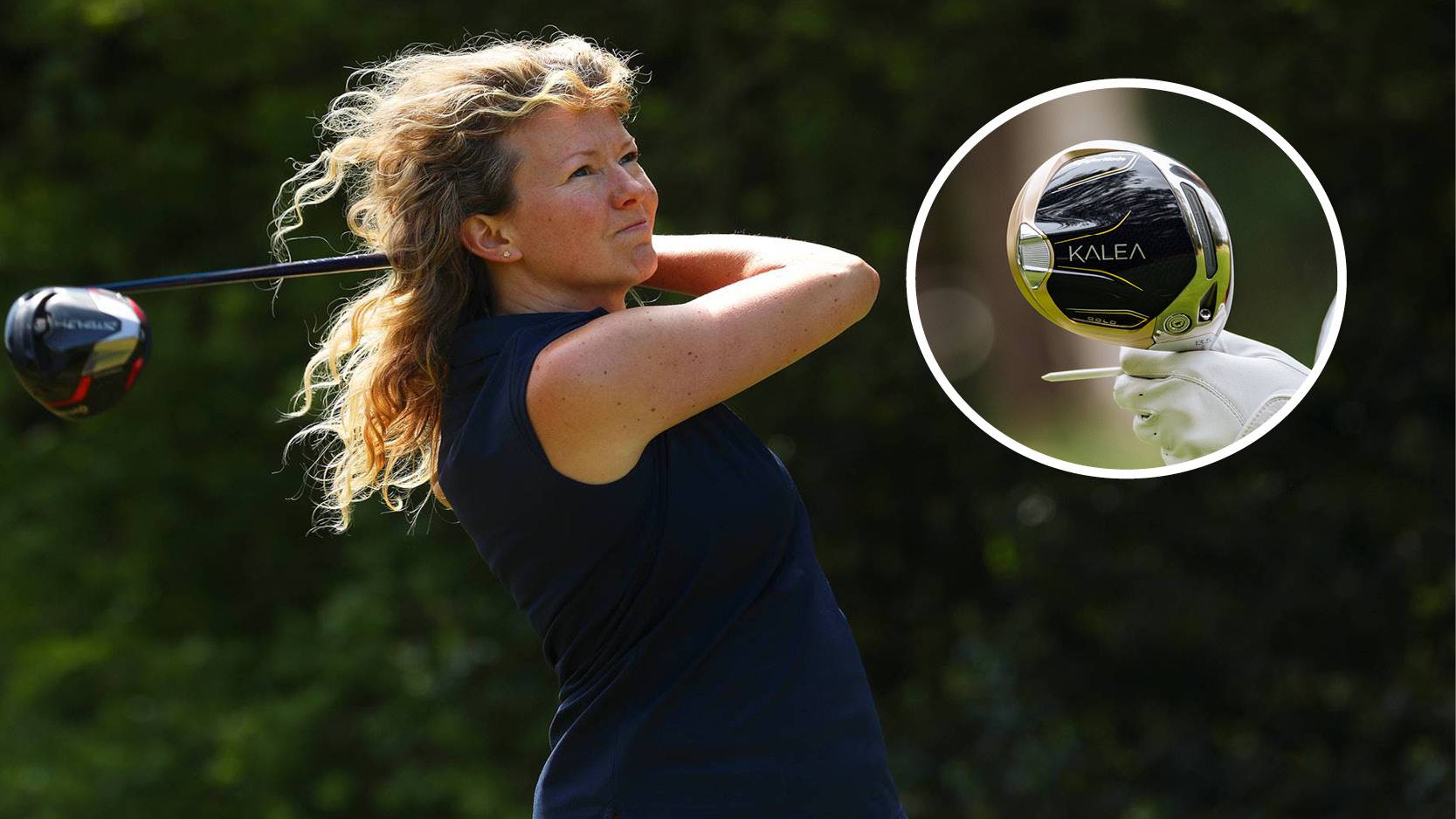 How Far Does The Average Female Club Golfer Hit Their Driver?
How Far Does The Average Female Club Golfer Hit Their Driver?We've looked at the data... Find out if you are hitting your driver an average distance
By Alison Root Published
-
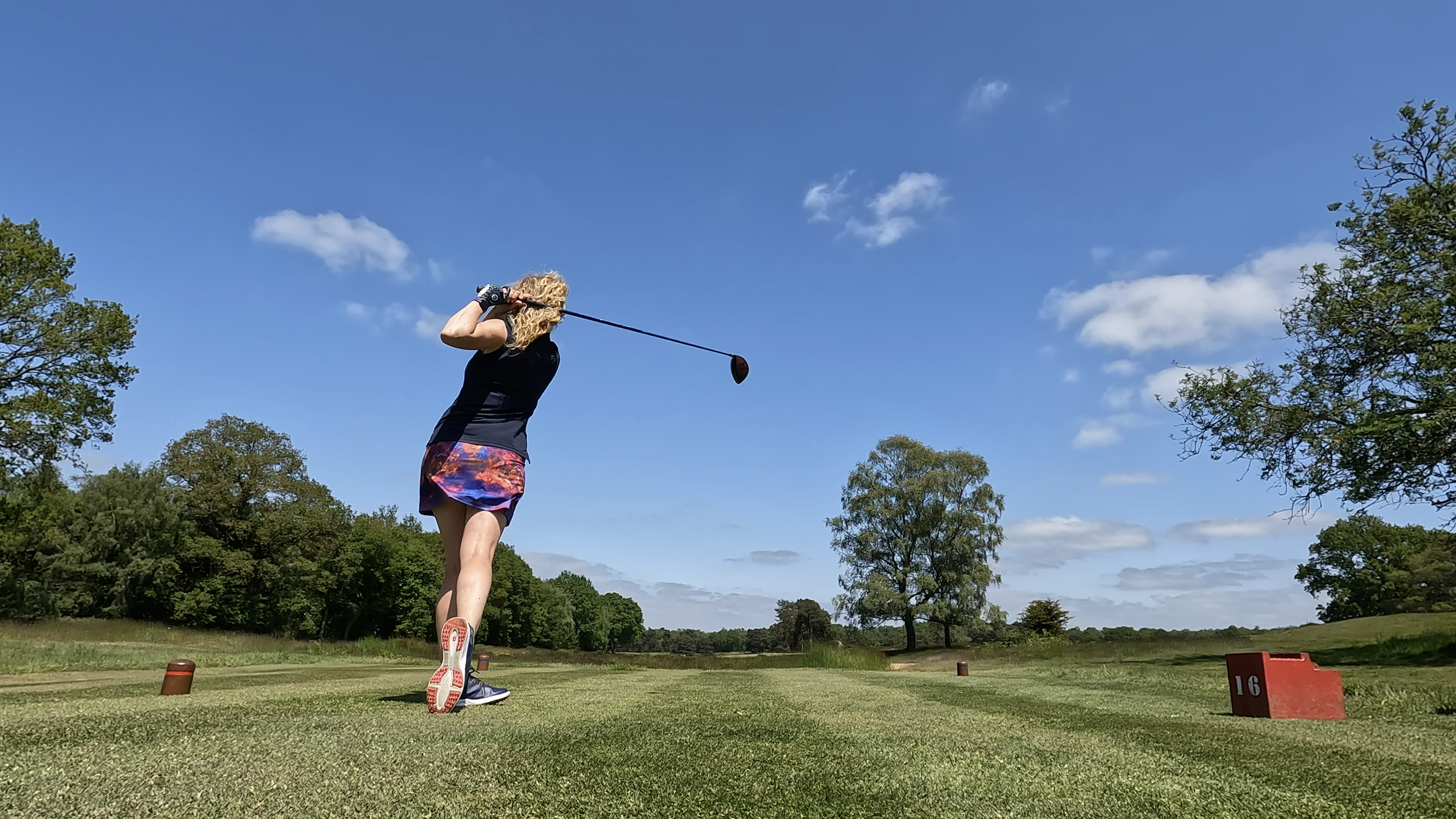 Tee Box Inequality: Why Aren't All Tees Rated For Women?
Tee Box Inequality: Why Aren't All Tees Rated For Women?Long-hitting female golfers are let down by tee ratings
By Katie Dawkins Published
-
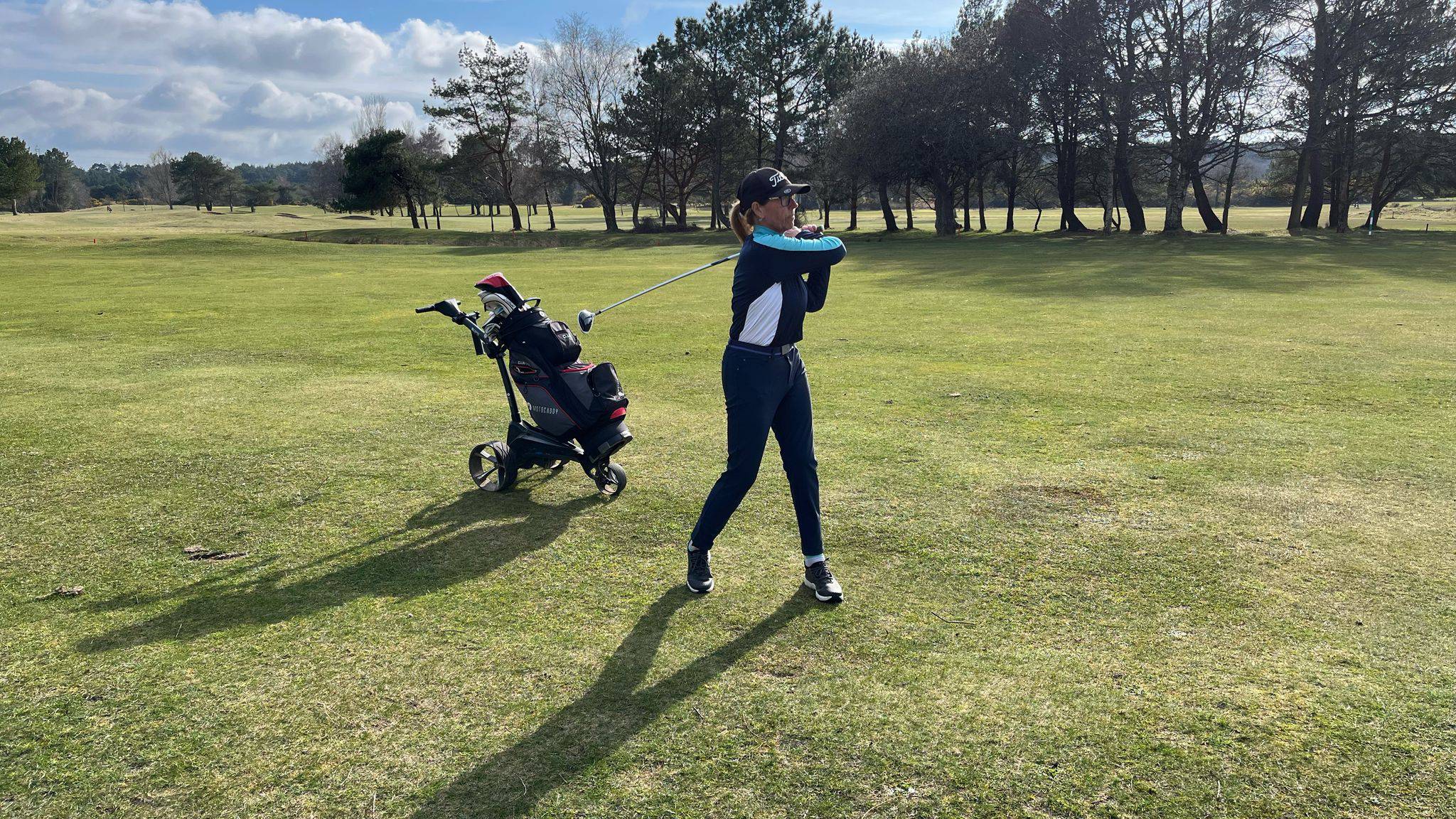 What I Learned From My First Golf Competition: The Unexpected Importance Of Preparation
What I Learned From My First Golf Competition: The Unexpected Importance Of PreparationPlaying in your first golf competition can be a daunting experience. Here are 5 tips to help you prepare for a stress-free round
By Carly Cummins Published
-
 I've Always Struggled To Create That Solid, Compressed Strike... Until I Fixed These 5 Key Moves
I've Always Struggled To Create That Solid, Compressed Strike... Until I Fixed These 5 Key MovesSingle figure golfer Jess Ratcliffe on how she has fixed her swing puzzle to deliver crisp shots
By Jess Ratcliffe Published
-
 Fix These 7 Common Mistakes And You'll Be On The Path To Lower Scores
Fix These 7 Common Mistakes And You'll Be On The Path To Lower ScoresPGA Professional Emma Booth on how to fix the mistakes all high handicappers make
By Emma Booth Published
-
 ‘It’s About Perception, Not Rules. Women Are Allowed To Wear A Lot More Than Men At Most Golf Courses’ - Mia Baker On Golf's Dress Code
‘It’s About Perception, Not Rules. Women Are Allowed To Wear A Lot More Than Men At Most Golf Courses’ - Mia Baker On Golf's Dress CodeContent creator and presenter Mia Baker on why changing mindsets is key to building a more inclusive golf community
By Alison Root Published